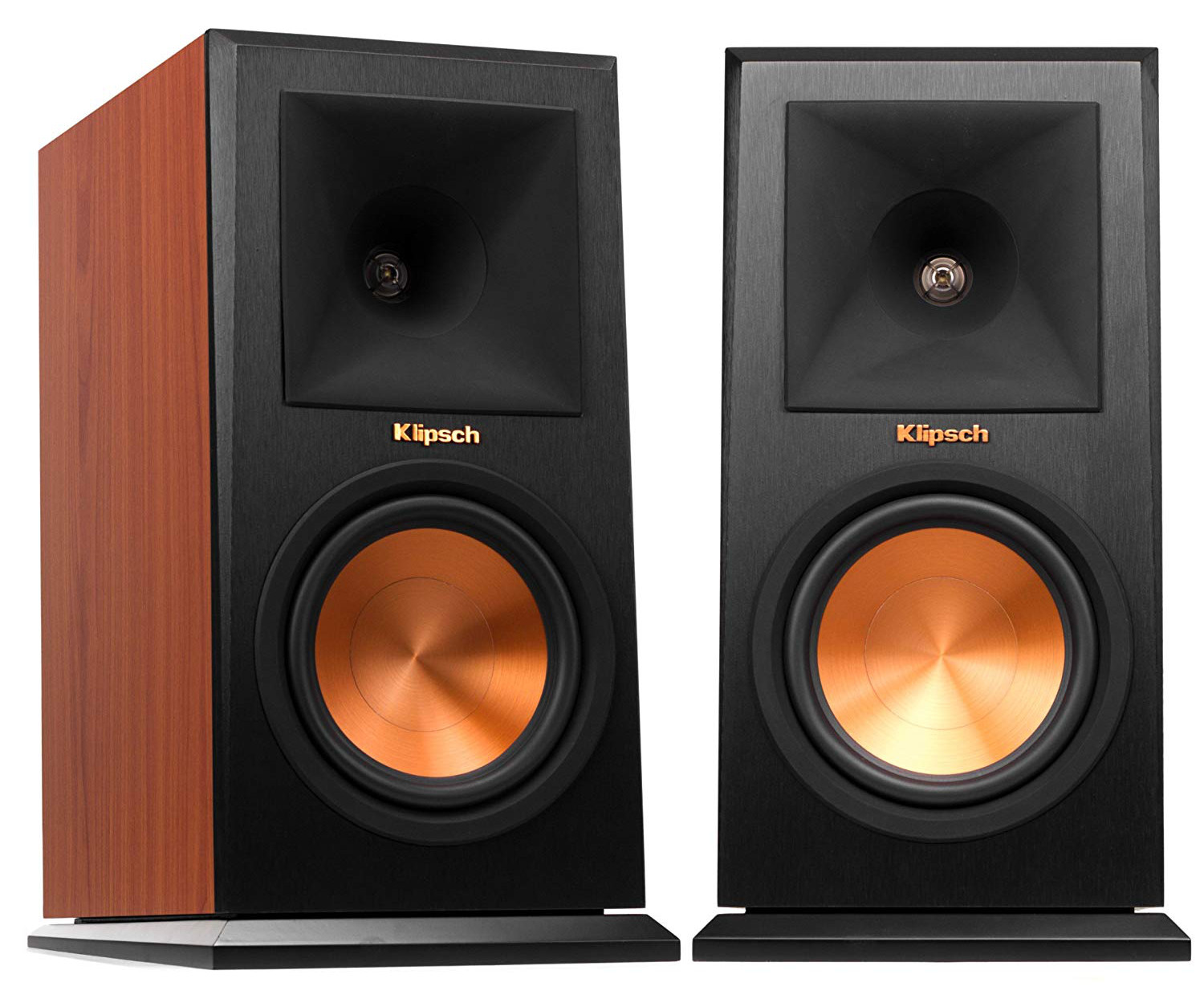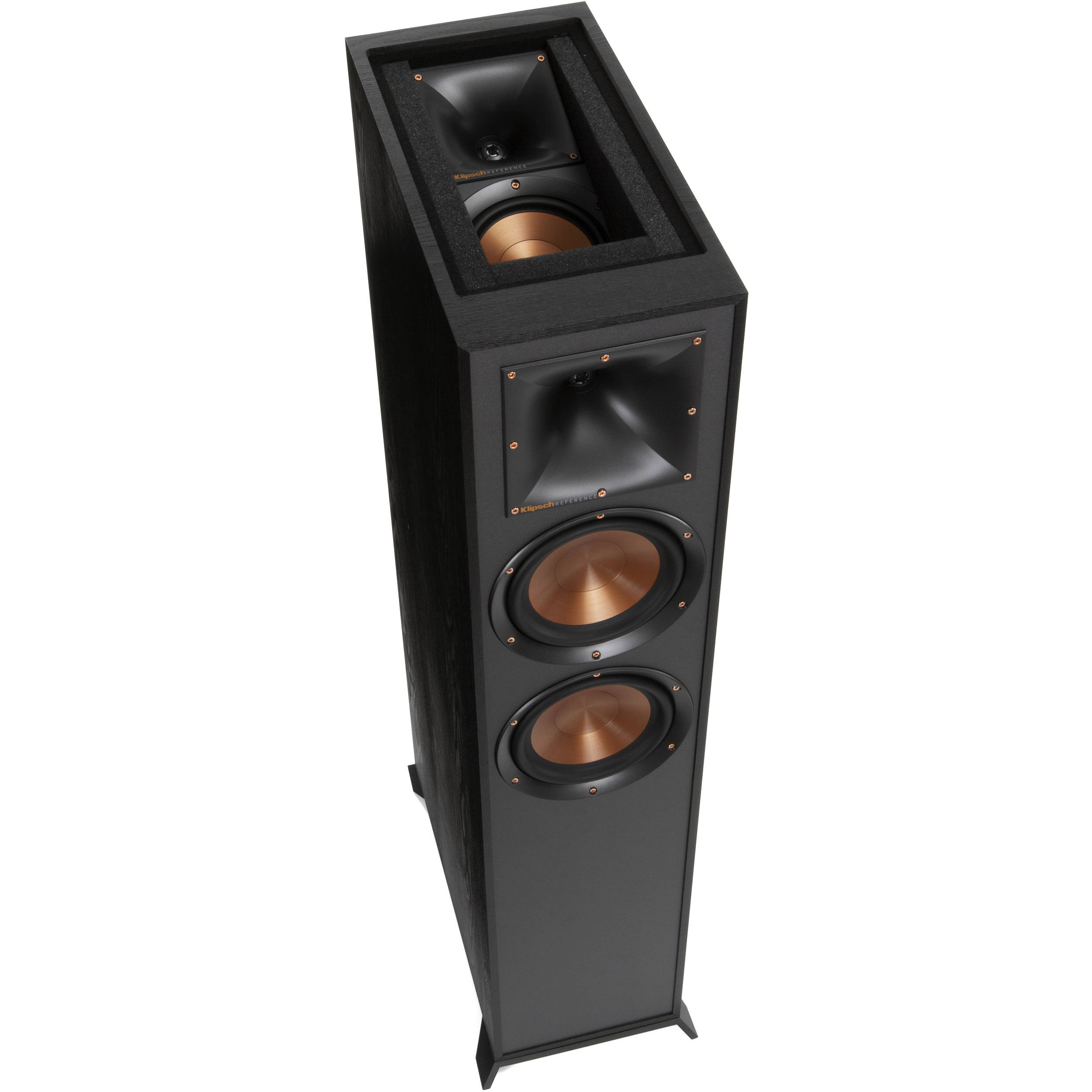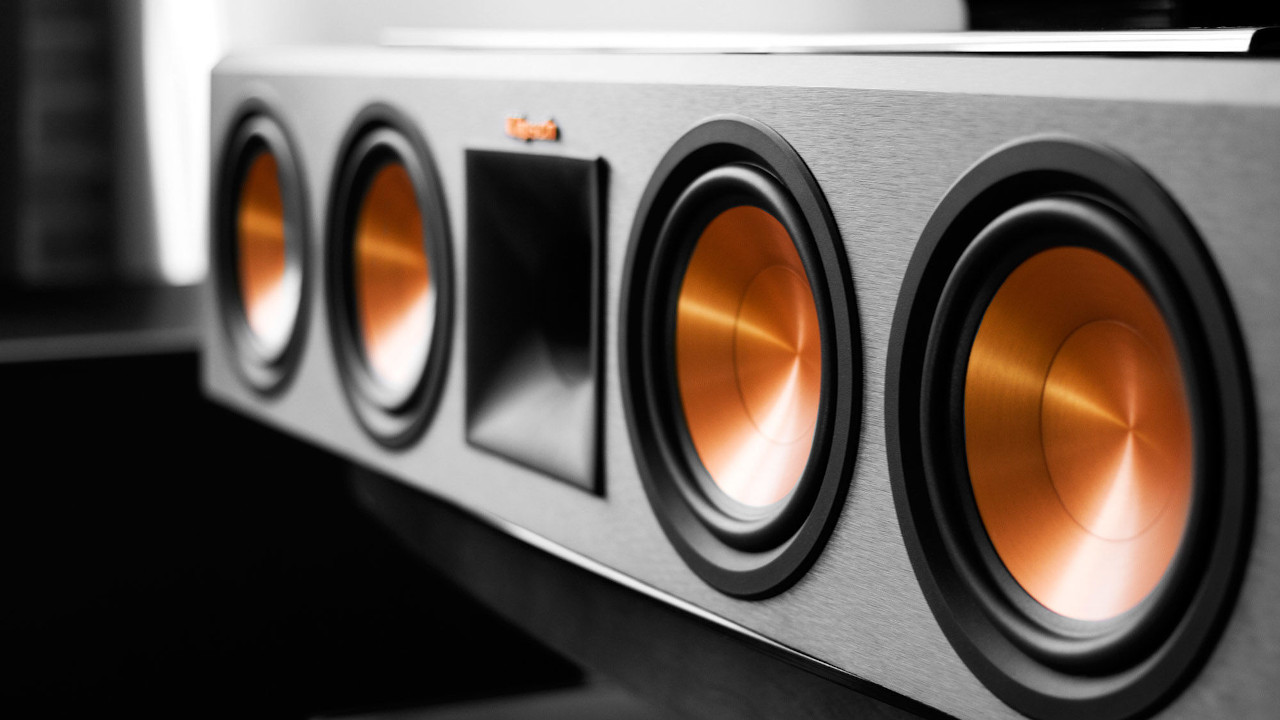Here are some of the topic we will be covering on the basic guide on how to build a Dolby Atmos home cinema and the equipment required to get started.
Watching movies at home with sound system is not a new thing and it is a hobby for home theatre enthusiasts. A lot of people who are newbies to the home cinema will spend unnecessary money getting the wrong equipment.
If you are serious about setting up Dolby Atmos at home, this guide will explain the basic on how to build the sound system correctly and also helps to save up some cash for better equipment. We all love to go to the cinema to enjoy new movie releases and experience it in Dolby Atmos presentation. Now, Dolby Atmos begin to immerse in the home theatre system and you can experience it at home, anytime.
What is Dolby Atmos? To make it simple, Dolby Atmos is sound objects that moves around you, from above, front, side, behind, so you will feel like inside the movie.
1. Setting Up The Dolby Atmos Home Cinema

Image Credit: Dolby
There are 2.1.2, 5.1.2, 5.1.4, 7.1.2, 7.14, 9.14 setup, what are these numbers all about? To make it straight forward and simple, a 5.1.2 Dolby Atmos setup consist of 5 speakers, one subwoofer and a pair of Atmos speakers. For speakers, we will elaborate more in details after the speaker’s section below. A 7.1.4 setup required the basic 7.1 speakers with an additional 4 speakers. The .2 and .4 mean the numbers of Atmos speakers required for the setup.
So let us get started with the basic 5.1.2 Dolby Atmos setup required for home cinema. There are a few home theatre equipment you need in order to work include an AV receiver, front speakers, center speaker, surround speakers and Atmos speakers which is the height speakers or Dolby enabled speakers.
2. Dolby Atmos AV Receiver / Amplifier
The function of the AV receiver is to decode the audio from DVD / Blu-ray disc and output the sound to all the speakers.
First thing you need is the AV Receiver with Dolby Atmos. Look out for an amplifier that supports the new audio format. You can ask the salesman or do research online before buying. There are many good AV receiver brands to consider such as Sony, Yamaha, Marantz, Onkyo and many more. If you are tight on budget, you can get started with an entry-level amplifier that supports 4K UHD, HDR & Dolby Atmos cost about $500+, while the middle to higher range models cost about $800 to $3000+.
Some newer model comes with extra features such as WiFi, Bluetooth, TIDAL, Spotify audio streaming and more. We have been using the Yamaha Aventage model for 3 years now and we find it still working perfectly while watching 4K Blu-ray movies.
3. Front Speakers
The home theatre speakers are where all the sound come from. The basic speakers that required are to get the front speakers, center speaker, rear speakers, and Dolby Atmos speakers. It is recommended to get all speakers from the same brand.
Bookshelf Speakers
The front speakers are located at the front, usually placed in between the TV cabinet. To get started with the front speakers, getting a pair of bookshelf speakers is good enough for those who are limited to space. Bookshelf speakers can easily fill up a small room and make your Atmos movie experiences more immersing.
Floorstanding Speakers
As for tower or floorstanding speakers, it will take up some space and some are quite heavy too. Floorstanding speakers are suitable for middle to large room sizes and it can be very loud. A few floorstanding speakers have built-in Atmos speakers, this way you can save up some cash for other separate speakers.
4. Center Channel Speakers
The center speaker is important because of all the dialogue and sound effects are produced from this speaker. The best center speaker placement is located below the TV and usually placed between the front speakers to create a balance for the front.
5. Surround Speakers
Surround speakers or rear speakers are placed at the back of the room. It is recommended to be placed at ear levels for Dolby Atmos setup. Surround speakers always come in pairs for the better sound experience.
Surround Back Speakers (for 7.1)
Surround back speakers is additional speakers used for 7.1 setups. It is placed behind between the surround speakers and at ear levels. Bookshelf speakers can be used for surround back.
6. Dolby Atmos Speakers
Now the main topic is here. In order to get Atmos to work, you need a pair of Dolby Atmos speakers. There is two types of Atmos speaker placement, the height speakers, up-firing Dolby Atmos-enabled speakers or in-ceiling speakers.
Dolby Atmos Enabled Speakers
For saving space and to experience sound from above, the Atmos-enabled up-firing speakers can be placed and sit perfectly on top of the floorstanding speakers. The sound from these speakers will direct sound to the ceiling and reflect sound to the listening positions, creating sound from above.
Some small tweaks are required for this type of setup such as increasing the volume (if required) and ideal ceiling height is between 2.3 to 3.66 meters as recommended by Dolby.
Height Speakers
The height speakers are placed higher above near the edge of the front ceiling. There are good height speaker brand such as the SVS Elevation Prime Speakers and Klipsch Dolby Atmos Enabled Elevation Speakers if you are going for the Atmos home theatre height setup.
In-Ceiling Speakers
In-ceiling speakers can be used to set up Dolby Atmos. It is placed above the listener. This is an advanced setup and required a lot of work such as drilling hole in the ceiling or creating a platform especially for the in-ceiling.
7. Subwoofer
The subwoofer in home theatre output low-frequency bass where normal speakers can’t produce. The subwoofer will add rumbling sound to the entire movie experience. Some new models are wireless and can be placed anywhere in the room.
The most basic setup is to get a single subwoofer which can be placed anywhere in the room. Room calibration is required to determine the distance and volume from the subwoofer, so it will match the entire speaker system.
8. 4K UHD TVs and 4K Blu-ray Player
It is recommended to get a 4K TV and 4K Blu-Ray player because most of the new 4K Blu-ray movies are available in Dolby Atmos sound format. With this setup, you will be also able to enjoy both the ultra high definition picture and amazing Atmos sound features. Today’s 4K TV supports Dolby Vision and HDR10+, which create realistic picture quality. The 4K UHD TV best brands are Sony Bravia, Samsung, and LG which comes in different screen sizes from 55” to 75”.
9. First Run On Dolby Atmos Home Cinema

Image Credit: Youtube
It’s not about getting all the Atmos home theatre equipment and have it will work out of the box by itself. Speakers calibration is needed. Each AV receiver purchased will include a calibration microphone. Just plugged into the amplifier, follow the instruction on the screen and run the auto-calibration.
The system will automatically calibrate your system with white noise, set the distance and level of each speaker so the sound will be able to reach the listening position at the same time.
With this complete home cinema setup guides, now you can have your very own Dolby Atmos at home without breaking the bank!













